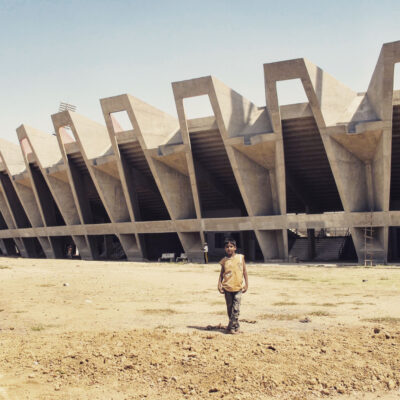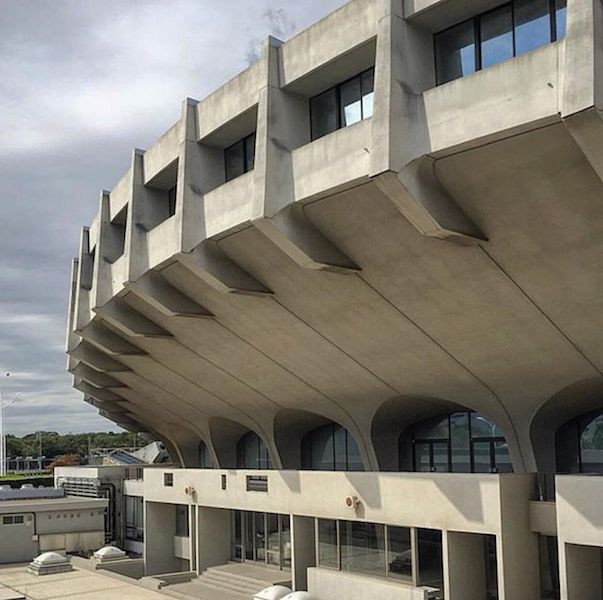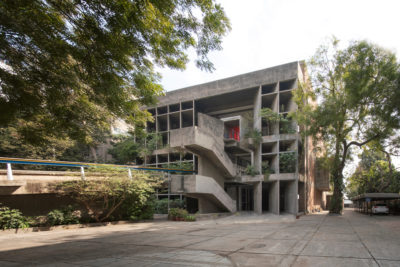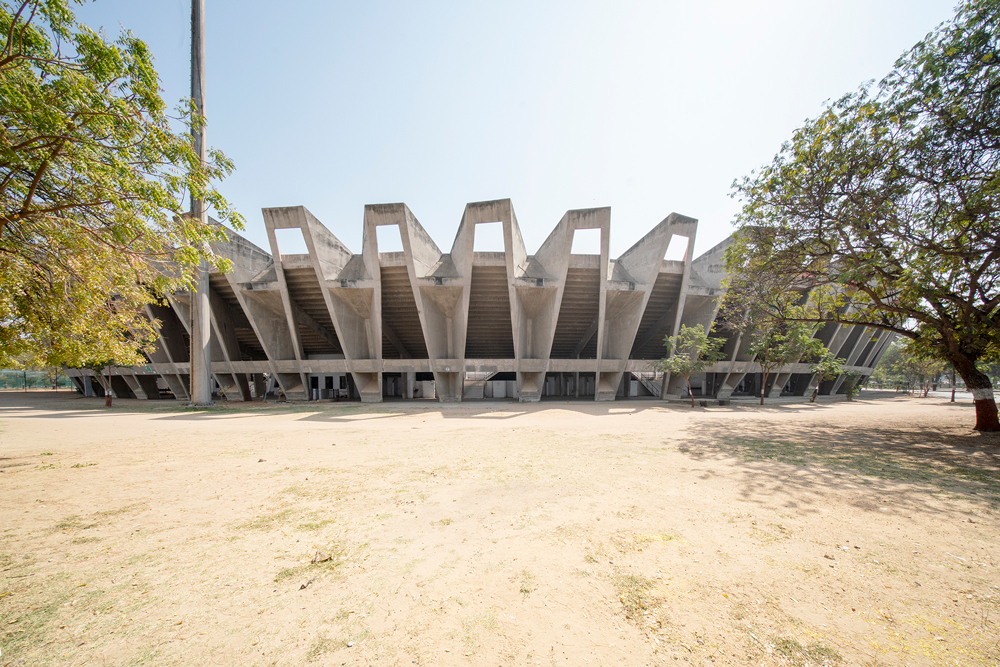
Charles Correa
Charles Correa was born into a Roman Catholic family in India, he studied architecture at the University of Michigan and completed his Masters at MIT, where he was taught by Buckmeister Fuller. He returned to India to open his own practice after working briefly with B.V. Doshi, completing the Ahmedabad Cricket Stadium in 1960. He once again returned to American academia in 1962 to accept a professorship at MIT. A renowned architect and urban planner, it is not by chance that he came to be considered the father of modern Indian, post-Independence architecture. He was honoured and recognised at home and abroad and his legacy of hundreds of projects includes the Gandhi Memorial Museum, innovative low-cost ‘tube’ housing, Jawahar Kala Kendra, the British Council building in Dehli and a return to his alma mater MIT to design the Brain and Cognitive Science Complex. In New York, his design for the Indian Permanent Mission to the UN ensured that an immediate impact of Indian craft was felt, care of his use of red granite and huge timber doors from Rajasthan.
“What I’ve learned, living here in India, is that the most wonderful traditional solutions exist which exemplify all the concerns of the environmentalist today. We don’t have to invent these things again.”
-Charles Correa, in an interview with the BBC
Correa’s interest in Urban Planning led him to accept the role of Chief Architect for the new planned city of Navi Mumbai (New Bombay) from 1970-75 and later the commission by the Peruvian Government to help design the PREVI ‘Proyecto Experimental de Vivienda’ housing community, this would have been the perfect project for a man whose life-long focus was to find a solution to the desperate need for low-cost housing. That is not to say he did not accept commissions for luxury homes.
International recognition saw him awarded the RIBA Royal Gold Medal in 1984, Japan’s Praemium Imperiale, the Chicago Architecture Award from the AIA, the UIA Gold Medal from the Union of International Architects and the Aga Khan Award for Architecture. In 1984 he founded the Urban Design Research Institute in Mumbai and a year later he became Chairman of the National Commission for Urbanisation.
Correa’s long and successful career has left a rich legacy underpinned by his deeply held beliefs and his sense of connection between land, culture and the people.
The Charles Correa archives are held, by his request after his death in 2015, at RIBA in London and can also be accessed from the Charles Correa Foundation
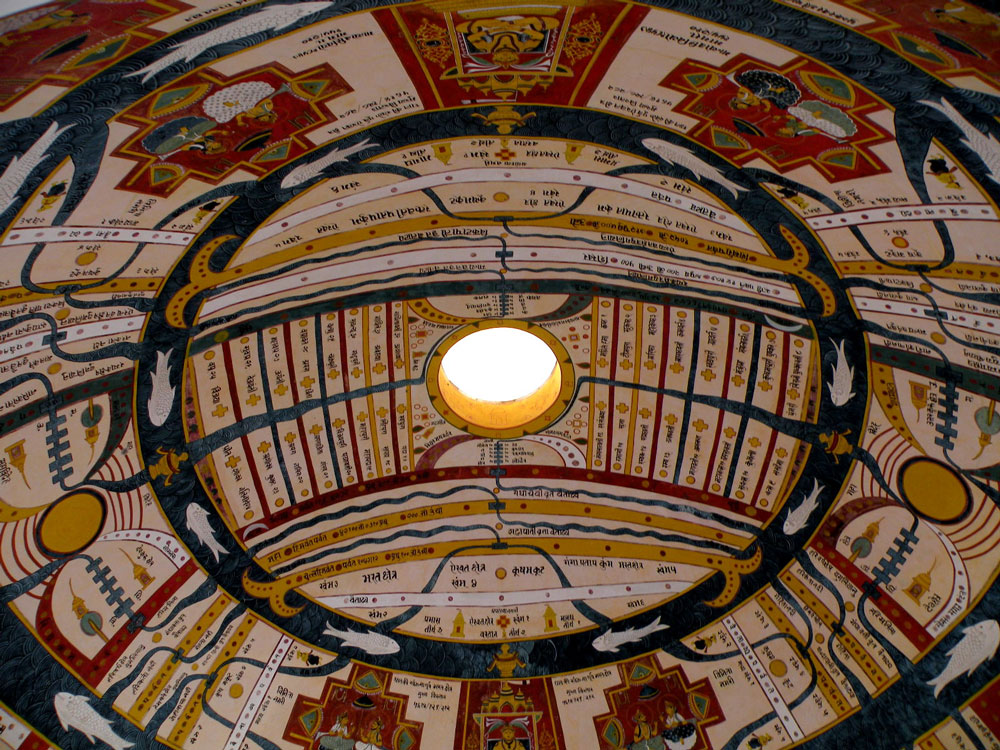
Ceiling of Entrance Foyer Jwahar Kala Kendra Image:Quietsong CC BY SA-3.0
Banner image of stadium John Gollings ©




